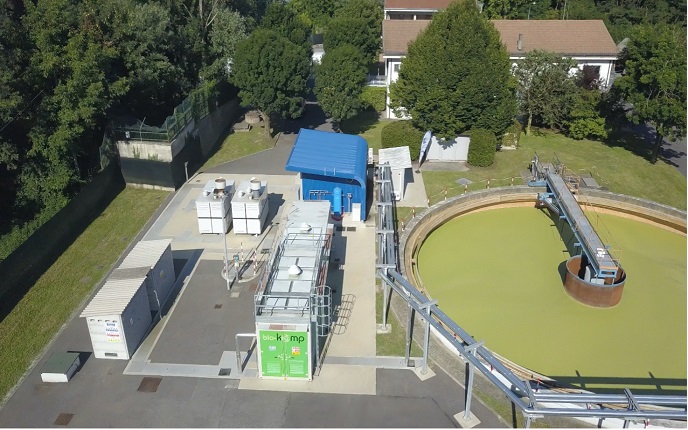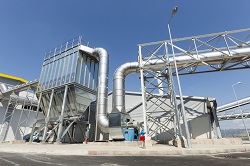Towards hydrogen-fuelled ships
The 'Assimilation of fuel cells in marinetime applications' (New-H-Ship) project was established to support activities related to the use of hydrogen (H2) and fuel cells on board ships. The consortium aimed to increase information and know-how that would effectively give the green light for further research in the field and for a move to real-scale demonstration of fuel cell and hydrogen use. As such, the first task was to gather information from projects like 'Fuel cell technology in ships' (FCSHIP), 'Feasibility study for export of hydrogen from Iceland to the European continent' (Euro-hyport) and 'Euro-Quebec hydro-hydrogen project' (EQHHPP). The scope included design specification and conceptual designs, but no pretesting of hardware in these proposals. This was necessary to proceed with evaluations of technical, operational and societal obstacles related to shipboard system requirements as well as infrastructural context. Efforts in this direction aimed to reduce uncertainty so as to secure financial and technical support for future projects. The information that was compiled, especially with regard to conceptual designs, enabled team members to identify potential project stoppers and conduct an initial risk assessment. Following this action, New-H-Ship moved to identify supporting European activities. This entailed mapping supporting research and development (R&D) activities and updating a reference list created by the FCSHIP project. A critical fourth task involved the prescreening of potential partners and risk elements for setting up a future real demonstration of a hydrogen-fuelled ship. Although groups trying to form a demonstration project at that time were contacted, efforts made to find common ground for a project proposal were largely unsuccessful. This was mainly due inadequate industry commitment and lack of clear policy regarding hydrogen-fuelled ships on the part of funding parties. Project outcomes took the form of a number of reports. These provided a reference list of R&D activities relating to fuel cells and hydrogen on board ships, recommendations for further R&D, a study of the feasibility of using hydrogen and fuel cells for maritime applications, and a list of pre-screened participants for the next step. An important result was identifying major areas of concern, one of which was connected to onboard storage of hydrogen in larger vessels. As such, the project succeeded in highlighting hydrogen storage as a key element for future research.







